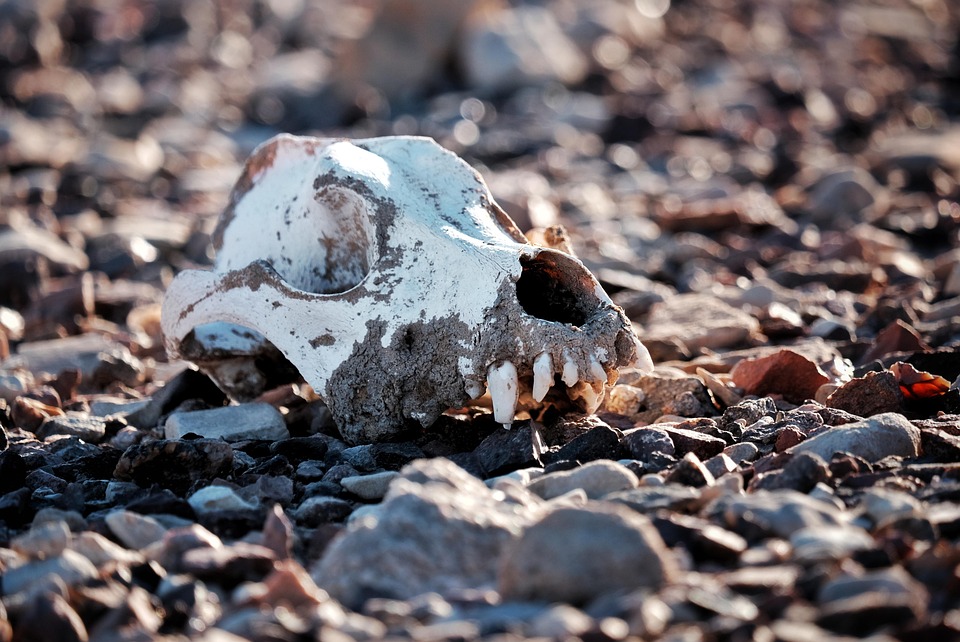Bone Basics: How the Skeletal System Supports and Protects Us
Introduction
The human skeleton is a remarkable structure that serves as the framework of the body. Comprised of 206 bones in adulthood, the skeletal system plays a vital role in our overall health, influencing not just our physical appearance but also our ability to move, protect internal organs, and produce blood cells. This article explores the intricacies of the skeletal system, examining its anatomy, functions, and the importance of bone health.
The Anatomy of the Skeletal System
1. Composition of Bones
Bones are a specialized form of connective tissue composed primarily of a matrix of collagen fibers and inorganic mineral salts, such as calcium phosphate, which provide strength and rigidity. This combination allows bones to be both lightweight and durable. Other components include:
- Bone Cells:
- Osteoblasts: Cells responsible for the formation of new bone.
- Osteocytes: Mature bone cells that maintain bone tissue.
- Osteoclasts: Cells that break down bone tissue during the process of bone remodeling.
2. Types of Bones
Bones are classified into several types based on their shape and function:
-
Long Bones: Such as the femur and humerus, which are primarily found in the limbs. They facilitate movement and support weight.
-
Short Bones: As in the wrist and ankle, these bones provide stability and support with little movement.
-
Flat Bones: Such as the skull and ribs, which function primarily for protection.
-
Irregular Bones: Bones of complex shapes, like the vertebrae, which serve multiple functions.
- Sesamoid Bones: Small, round bones, like the patella, which develop in tendons and help with joint mechanics.
3. Bone Structure
The basic structure of bone can be understood through its two primary types—cortical (compact) bone and cancellous (spongy) bone:
-
Cortical Bone: Dense and forms the outer layer, providing strength and support.
- Cancellous Bone: Lighter and porous, found primarily at the ends of long bones and in the interiors of others. It houses the bone marrow and supports red blood cell production.
4. The Axial and Appendicular Skeletons
The skeletal system is typically divided into:
-
Axial Skeleton: Comprised of 80 bones, including the skull, vertebral column, and rib cage, forming the core of the body’s structure and housing the vital organs.
- Appendicular Skeleton: Consists of 126 bones in the limbs and girdles, supporting Uthe body’s ability to move.
Functions of the Skeletal System
The skeletal system serves multiple critical functions:
1. Support
The skeleton provides the structural framework for the body, giving shape and supporting soft tissues. It allows us to maintain an upright posture.
2. Protection
Bones protect internal organs from injury. For instance, the rib cage shields the heart and lungs, while the skull encases the brain.
3. Movement
Bones work in conjunction with muscles to facilitate movement. Joints, where two bones meet, enable flexibility and mobility while bones serve as levers.
4. Mineral Storage
Bones store essential minerals, primarily calcium and phosphorus, releasing them into the bloodstream as needed for various physiological functions.
5. Hematopoiesis
The process of blood cell production occurs in the bone marrow, a soft tissue within certain bones. Red and white blood cell formation, along with platelet production, takes place in this specialized environment.
6. Energy Storage
Yellow bone marrow stores lipids and can serve as an energy reserve, particularly during prolonged periods of caloric deficit.
Bone Health and Maintenance
Maintaining bone health is crucial throughout life to prevent conditions such as osteoporosis and fractures. Key factors include:
1. Nutrition
A balanced diet rich in calcium and vitamin D is vital for bone health. Calcium sources include dairy products, leafy greens, and fortified foods. Vitamin D, which helps the body absorb calcium, can be obtained from sunlight exposure, fatty fish, and supplements.
2. Exercise
Weight-bearing exercises, such as walking, running, and strength training, promote bone density. Physical activity stimulates osteoblast activity and can help prevent the loss of bone mass as we age.
3. Hormonal Balance
Hormones like estrogen and testosterone play significant roles in bone density. A decline in these hormones, particularly during menopause or andropause, can lead to increased bone resorption, elevating fracture risks.
4. Lifestyle Choices
Avoiding smoking and limiting alcohol consumption can enhance bone health. Both smoking and excessive alcohol intake are linked to reduced bone density and increased risk of fractures.
5. Regular Health Screenings
Bone density tests are essential for assessing bone health, especially for individuals at risk of osteoporosis. Early detection allows for timely interventions, potentially preventing fractures.
Common Bone Disorders
Understanding bone disorders is important for awareness and prevention:
1. Osteoporosis
A condition characterized by decreased bone mass and density, leading to fragile bones prone to fractures. Risk factors include age, hormonal changes, and inadequate calcium intake.
2. Osteoarthritis
A degenerative joint disease that can affect the bones and cartilage in joints, causing pain and reduced mobility.
3. Osteomalacia
Softening of bones often due to vitamin D deficiency, leading to increased risk of fractures and bone pain.
4. Paget’s Disease
A chronic disorder characterized by the abnormal breakdown and formation of bone tissue, leading to weakened bones and deformities.
5. Fractures
Breaks in bone integrity can occur due to trauma, stress, or conditions like osteoporosis. Types include:
- Closed Fractures: Bone breaks but does not puncture the skin.
- Open Fractures: Bone breaks and pierces the skin, increasing infection risks.
Conclusion
The skeletal system is a complex and essential component of the human body. It supports movement, protects vital organs, stores minerals, and plays crucial roles in blood cell production and energy storage. Maintaining bone health through proper nutrition, exercise, and lifestyle choices is vital for preventing disorders and ensuring longevity and quality of life.
Understanding the basic structure and function of bones helps emphasize the importance of the skeletal system and the role it plays in our everyday lives. By recognizing the factors that contribute to strong bones and being aware of potential disorders, we can take proactive steps to care for our skeletal health.
References
- National Institutes of Health
- Mayo Clinic
- World Health Organization
- Centers for Disease Control and Prevention
- American Academy of Orthopaedic Surgeons
This brief overview highlights the essential aspects of the skeletal system, but there’s so much more to learn about this fascinating and vital aspect of human biology. Further exploration into specific areas, research advancements, and preventive measures can provide deeper insights into maintaining a healthy and functional skeletal system.


























Add Comment